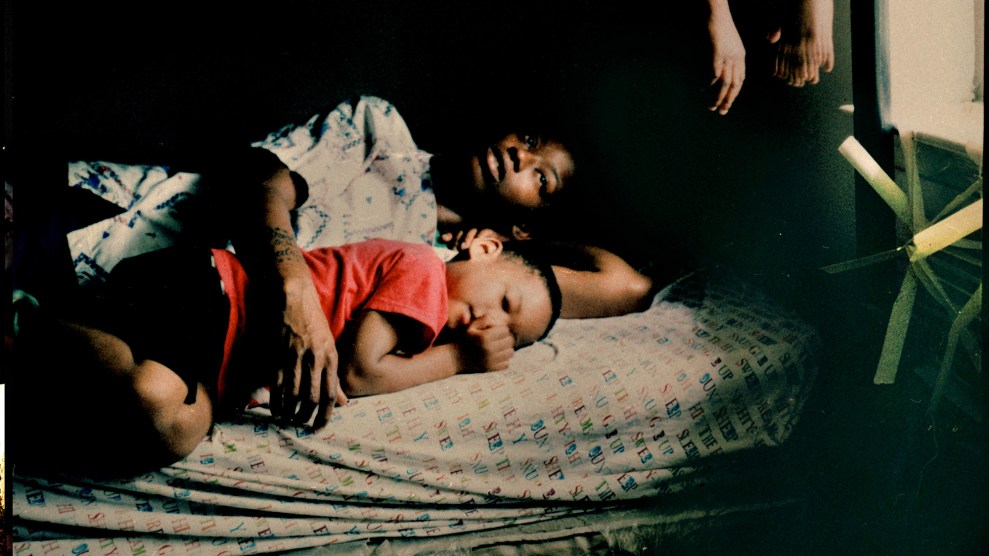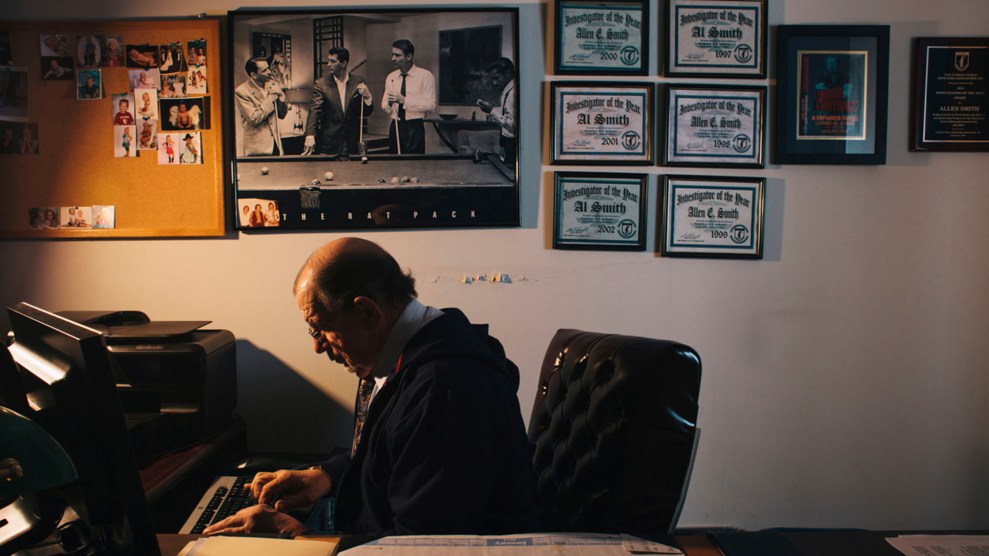For several weeks, photographer Danny Wilcox Frazier accompanied Charlie LeDuff around Detroit as he investigated the sad series of murders and scandals that culminated in the killing of Aiyana Stanley-Jones. Together they documented the neglect and decay afflicting the city’s East Side. The title of the piece is What Killed Aiyana Stanley-Jones, but the question it is trying to answer is: What Killed Detroit?
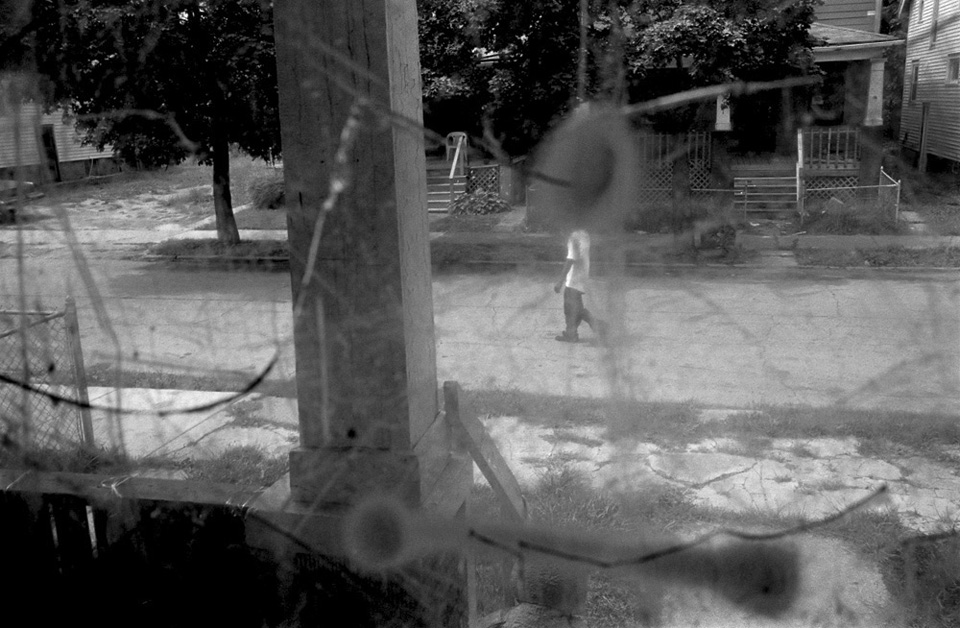
A man walks down Lillibridge Street, seen through shattered glass. On May 16, 2010, Detroit’s SWAT team threw a grenade through this window. Seven-year-old Aiyana Stanley-Jones lay inside.

A dollhouse sits in one of Detroit’s many empty lots, not far from where seven-year-old Aiyana Stanley-Jones was shot by police officers storming her home.

Detroit mom Lyvonne Cargill wears a shirt that honors her son, Je’Rean Blake Nobles. His murder led to the police raid that killed Aiyana Stanley-Jones.
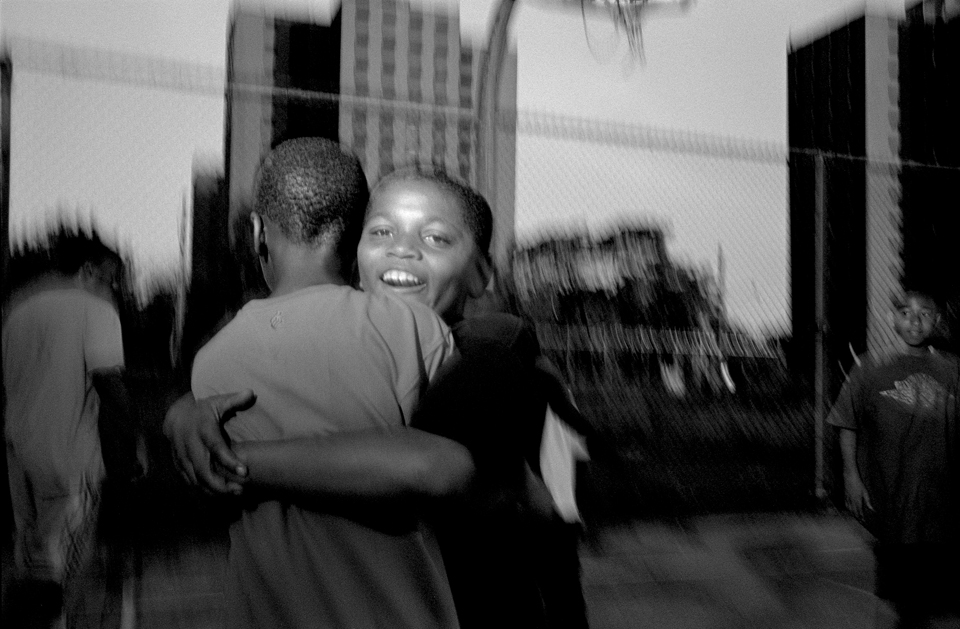
Boys play basketball near empty high-rise buildings in Detroit, Michigan.
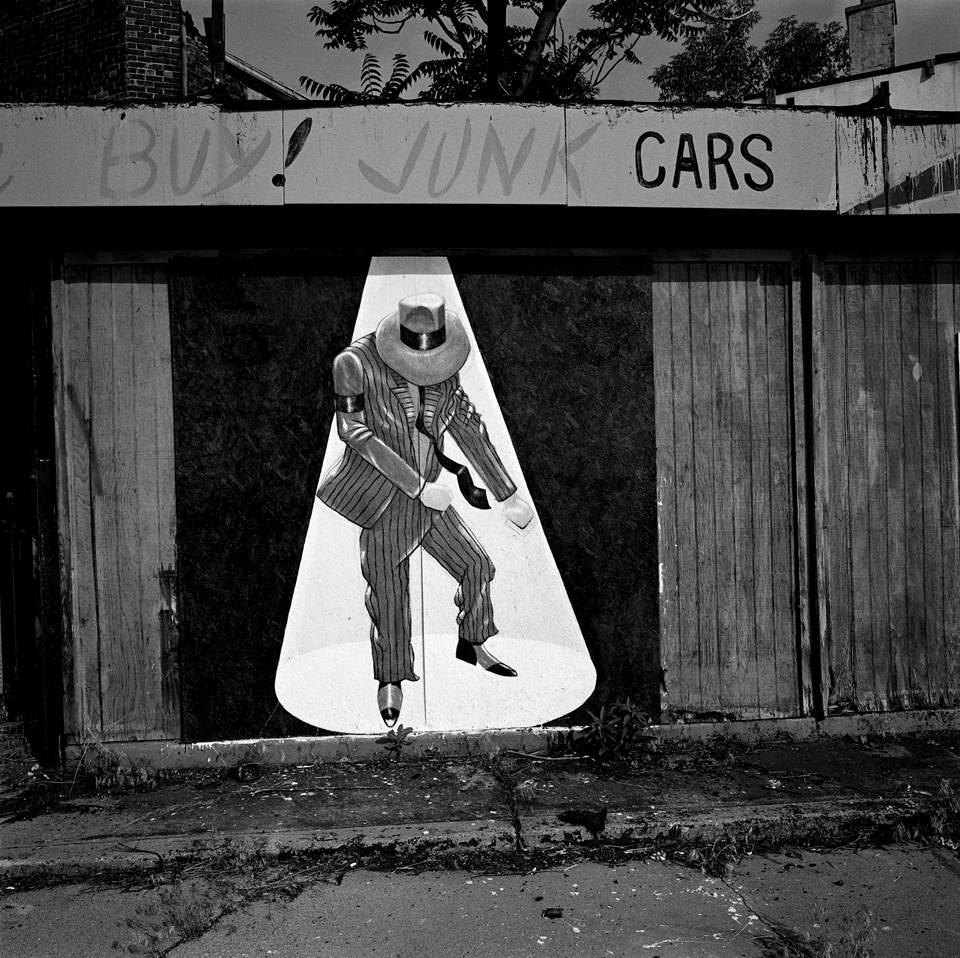
A mural in East Detroit.

A trash-filled lot on Detroit’s East Side.

Once the auto capital of the world, Detroit now holds the distinction of being America’s poorest large city.
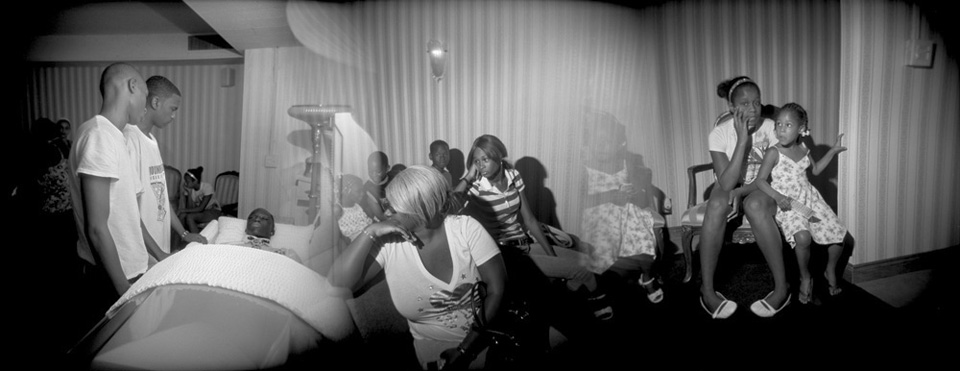
Funeral for Chaise Sherrors in Detroit. Sherror’s mom, in white, lost another son to a bullet the previous year. Both sons now sit in urns on her mantel.

Unclaimed bodies at the Wayne County morgue.
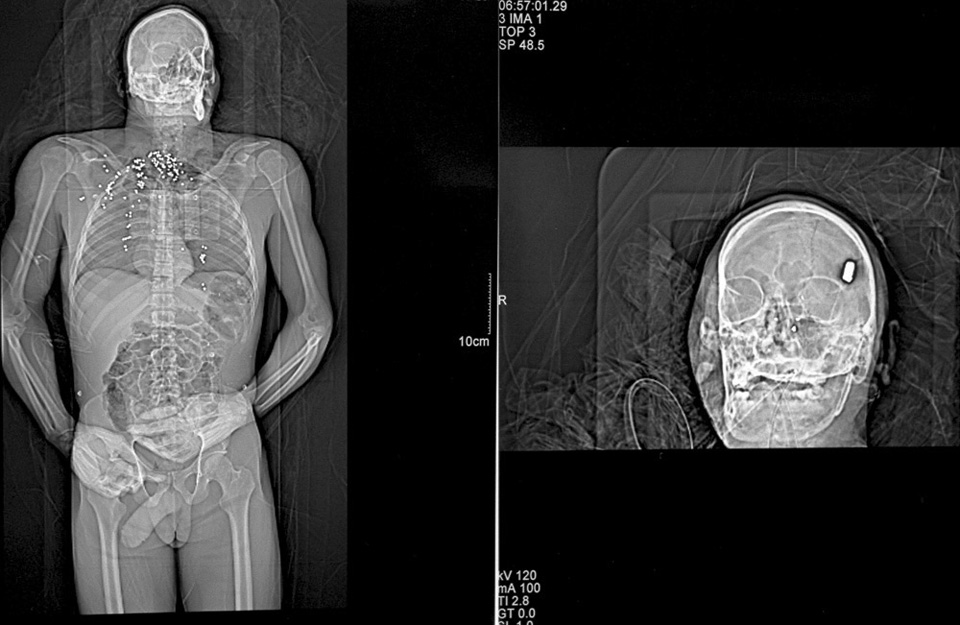
X-ray of a gunshot victim: shotgun to the chest, bullet to the head. Detroit, Michigan.

A makeshift memorial on Aiyana Stanley-Jones’ porch in Detroit.
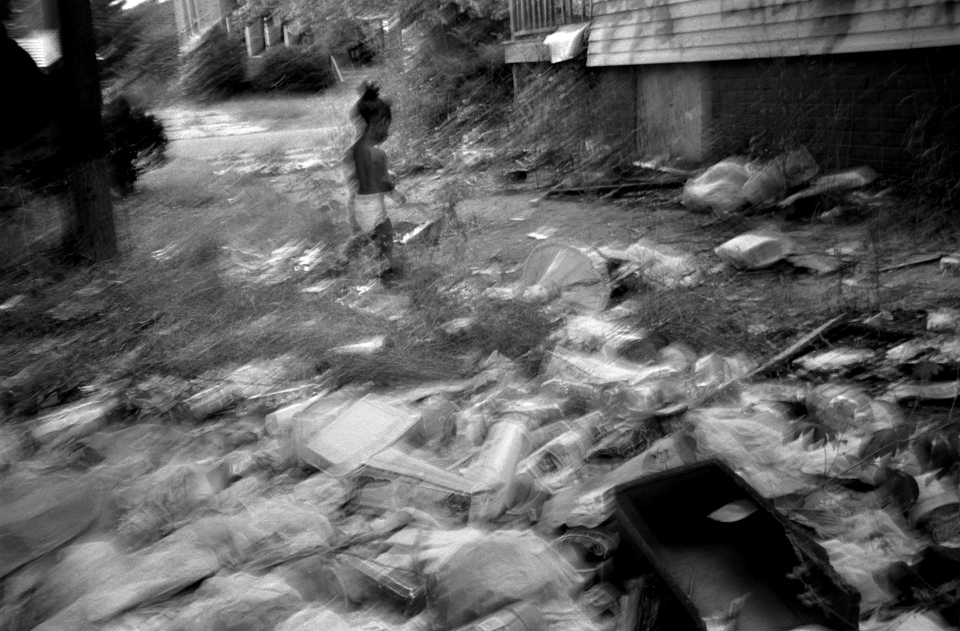
Da’Rius Brown runs through garbage in the driveway of the abandoned house adjacent to his home. Da’Rius has lost two uncles, De’Erion Sherrors and Chaise Sherrors, both shot to death on Detroit’s East side.

A wary Detroit police officer watches a crowd after an arrest on the East Side.

Testifying at the New Prospect Missionary Baptist Church in Detroit.

These girls are the lucky ones. In Detroit, only 1 in 3 kids will graduate from high school. Almost half of all adults are illiterate.

Sitting on the front steps, Detroit, Michigan.
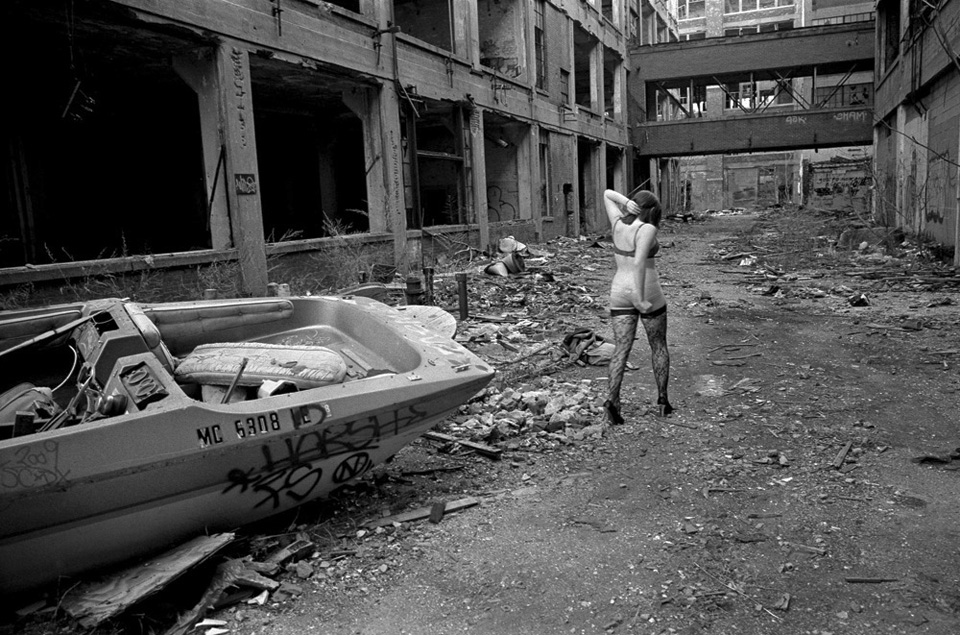
Detroit began its long precipitous decline during the 1950s, precisely when the city—and the United States—was at its peak. As Detroit led the nation in median income and homeownership, automation and foreign competition were forcing companies like Packard to shutter their doors. That factory closed in 1956 and was left to rot, pulling down the East Side, which pulled down the city. Inexplicably, its carcass still stands and burns incessantly—providing a seedy backdrop for this “fashion shoot”.
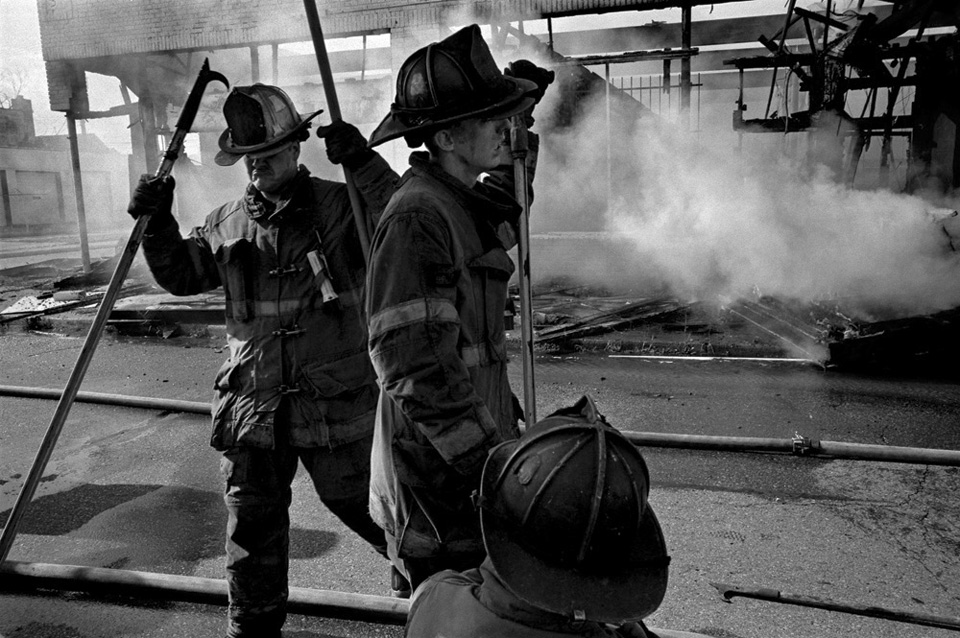
Shoddily equipped firemen face some 500 arsons a month in Detroit.
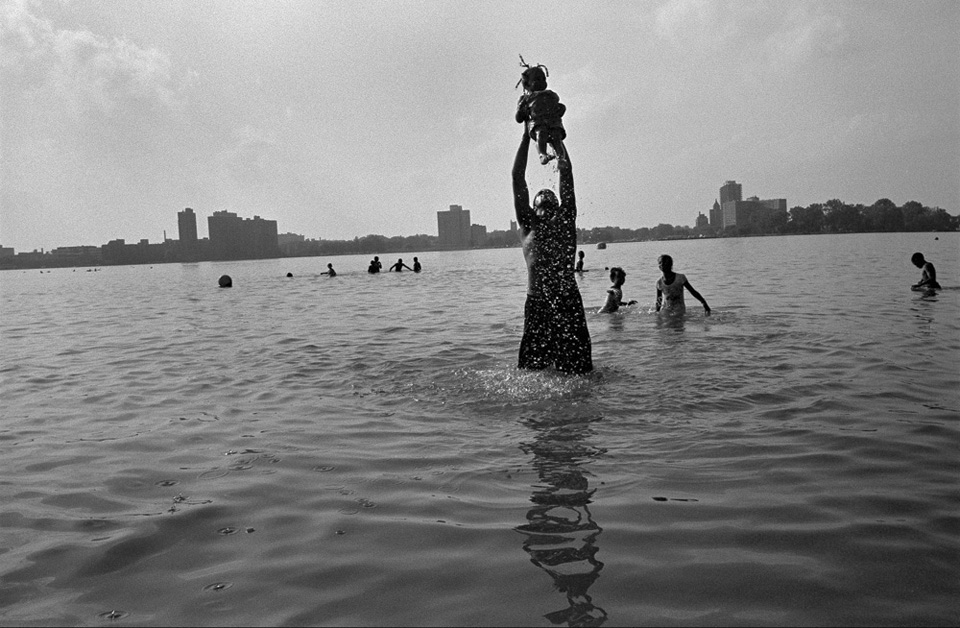
Now that industry has largely vanished, parts of the Detroit River are now clean enough for swimming. Even the beavers, which vanished in the 1930s, have returned.



















